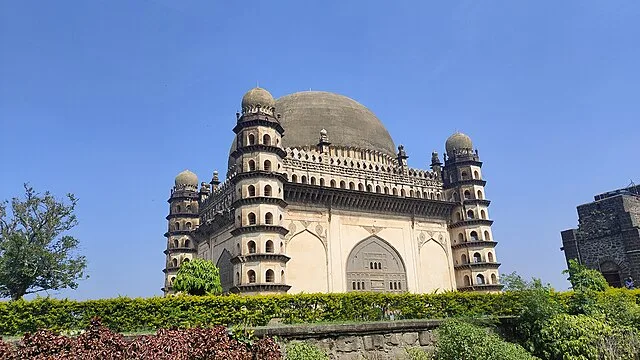Nestled in the heart of Karnataka, Bijapur stands as a testament to India’s rich historical and cultural legacy. From its awe-inspiring monuments to its vibrant cultural tapestry, Bijapur offers a mesmerizing journey through time. Let’s delve into the enchanting realm of Bijapur and uncover its hidden treasures.
Historical Monuments
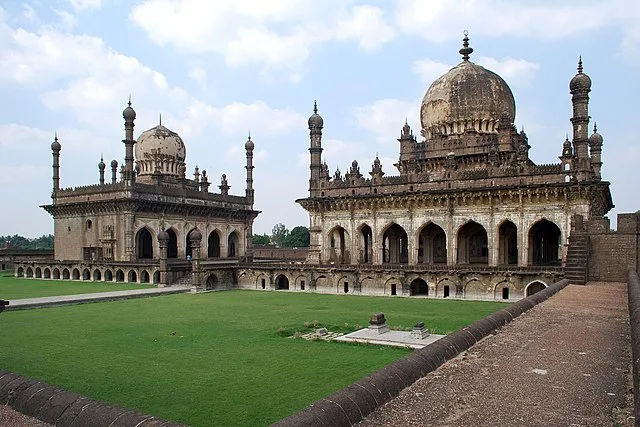
Among Bijapur’s most iconic landmarks is the majestic Gol Gumbaz, an architectural marvel renowned for its imposing dome and whispering gallery. Built in the 17th century by the Adil Shahi dynasty, Gol Gumbaz is a masterpiece of Indo-Islamic architecture, drawing visitors from far and wide.
Another jewel in Bijapur’s crown is the Ibrahim Rauza, a splendid mausoleum dedicated to Sultan Ibrahim Adil Shah II and his queen. Adorned with intricate carvings and delicate motifs, Ibrahim Rauza is a testament to the city’s rich artistic heritage.
Cultural Heritage
Bijapur pulsates with the rhythm of its vibrant cultural heritage. Music and dance form an integral part of the city’s identity, with classical forms like Carnatic music and Bharatanatyam thriving in its midst. The local cuisine, with its tantalizing blend of flavors and spices, is a culinary delight for food enthusiasts.
Architectural Marvels
The Adil Shahi architecture of Bijapur is renowned for its grandeur and magnificence. Influenced by Persian and Indian styles, these architectural marvels reflect the city’s cosmopolitan ethos. The towering minarets and intricately carved facades stand as a testament to Bijapur’s glorious past.
Tourist Attractions
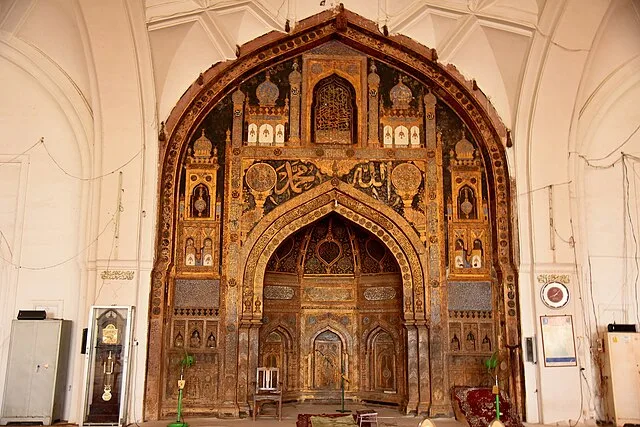
Bijapur boasts a plethora of tourist attractions that offer a glimpse into its illustrious history. The imposing Bijapur Fort, with its massive walls and imposing gateways, is a sight to behold. Malik-e-Maidan, the largest medieval cannon in the world, is another must-visit destination, evoking awe and wonder in visitors.
Art and Crafts
The art and craft traditions of Bijapur are as diverse as they are exquisite. Bidriware, with its intricate patterns inlaid with silver or gold, is a hallmark of Bijapur’s craftsmanship. Traditional handicrafts like pottery and weaving continue to thrive, showcasing the city’s rich artistic heritage.
Religious Significance
Bijapur is home to a multitude of religious sites, reflecting its cultural diversity and tolerance. From Sufi shrines to Hindu temples, these sacred places are revered by devotees and tourists alike, embodying the spirit of harmony and coexistence.
Modern Development
In recent years, Bijapur has witnessed significant strides in infrastructure development and tourism initiatives. The government’s efforts to promote sustainable tourism have led to the revitalization of historical sites and the creation of modern amenities for visitors.
Local Festivals
The vibrant culture of Bijapur finds expression in its colorful festivals and celebrations. The Bijapur Utsav, held annually, is a grand extravaganza featuring music, dance, and cultural performances. The Urs festival, dedicated to the Sufi saint Khwaja Bande Nawaz, is another highlight, attracting pilgrims from across the country.
Challenges and Conservation Efforts
While Bijapur’s heritage is a source of pride, it also poses challenges in terms of preservation and conservation. Efforts are underway to safeguard historical sites from environmental degradation and urban encroachment, ensuring that future generations can continue to cherish these treasures.
Economic Impact
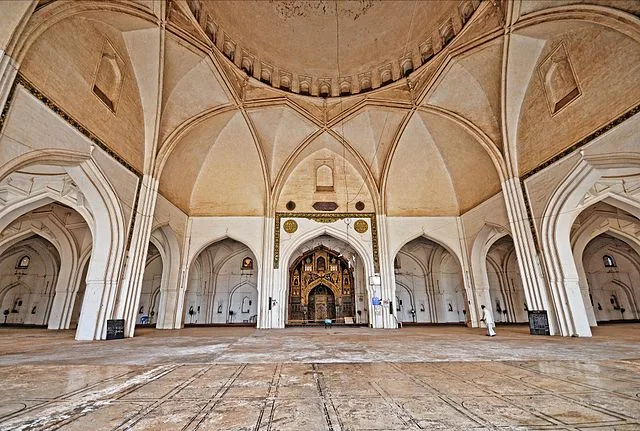
The tourism industry plays a vital role in Bijapur’s economy, generating employment opportunities and revenue for the local community. By harnessing its cultural heritage, Bijapur has emerged as a popular destination for domestic and international tourists, contributing to the city’s economic growth.
Promotion and Marketing
To capitalize on its tourism potential, Bijapur has adopted digital campaigns and partnered with travel agencies to promote its attractions. Social media platforms and online travel portals play a crucial role in showcasing Bijapur’s unique offerings to a global audience.
Community Engagement
Local communities play a pivotal role in Bijapur’s tourism sector, actively participating in initiatives aimed at preserving heritage sites and promoting sustainable tourism practices. Educational programs and awareness campaigns are conducted to instill a sense of pride and ownership among residents.
Future Prospects
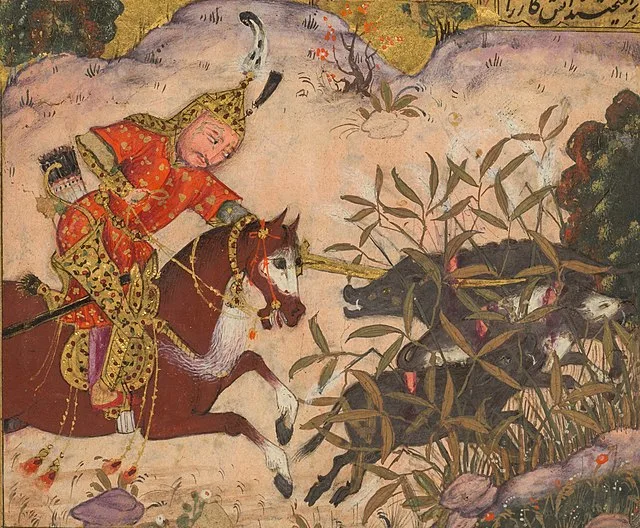
Looking ahead, Bijapur holds immense potential for sustainable development and cultural exchange. By leveraging its rich heritage and fostering community involvement, the city can emerge as a model for responsible tourism, ensuring a prosperous future for generations to come.
Conclusion
In conclusion, Bijapur stands as a timeless testament to India’s rich cultural mosaic. From its splendid monuments to its vibrant traditions, the city encapsulates the essence of bygone eras while embracing the challenges of modernity. With careful preservation and strategic development, Bijapur is poised to enchant and inspire visitors for centuries to come.
Unique FAQs:
- What are the must-visit attractions in Bijapur?
- Gol Gumbaz, Ibrahim Rauza, and Bijapur Fort are among the top attractions.
- What is the significance of Bidriware in Bijapur?
- Bidriware is a traditional craft unique to Bijapur, known for its intricate designs and craftsmanship.
- How can tourists contribute to Bijapur’s conservation efforts?
- Tourists can support conservation efforts by respecting heritage sites, practicing responsible tourism, and participating in local initiatives.
- What is the best time to visit Bijapur?
- The winter months, from October to March, offer pleasant weather for exploring Bijapur’s attractions.
- Are there any accommodations available near Bijapur’s historical sites?
- Yes, there are several hotels and guesthouses located near Bijapur’s major attractions, offering comfortable accommodation options for visitors.

